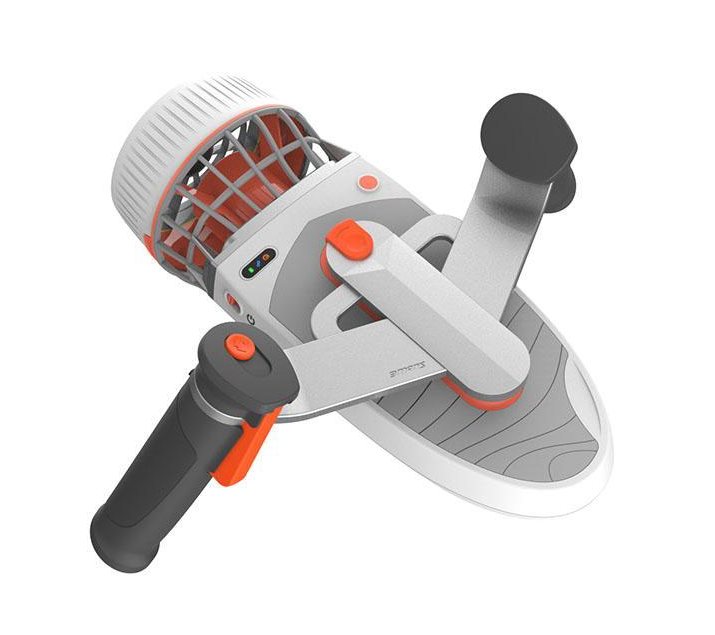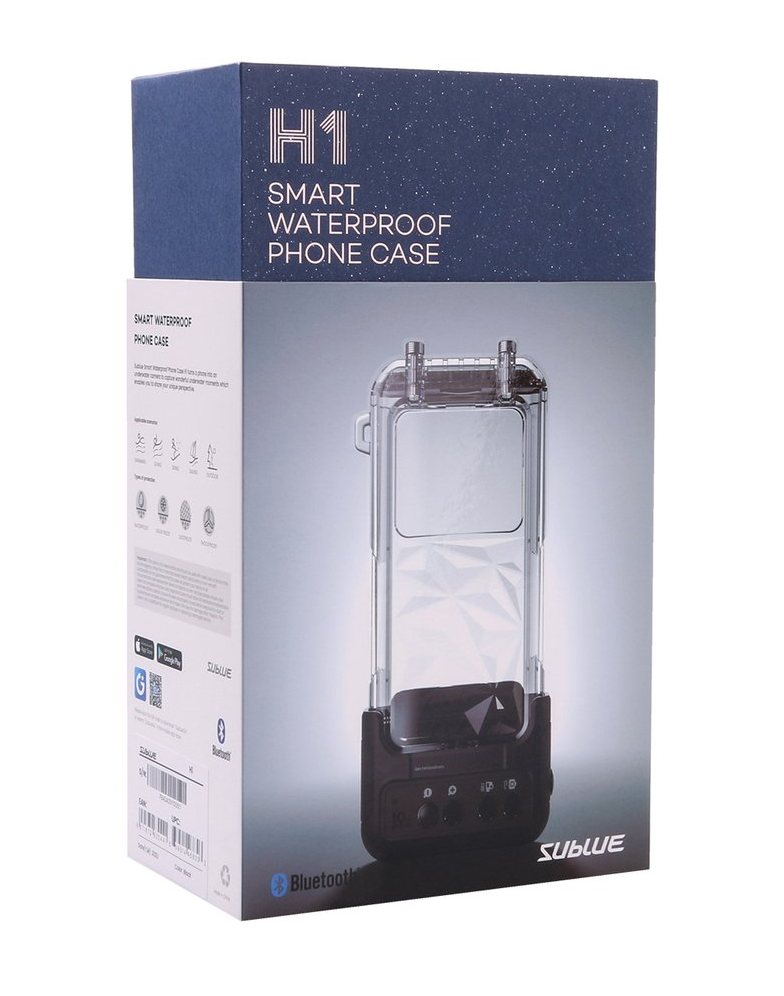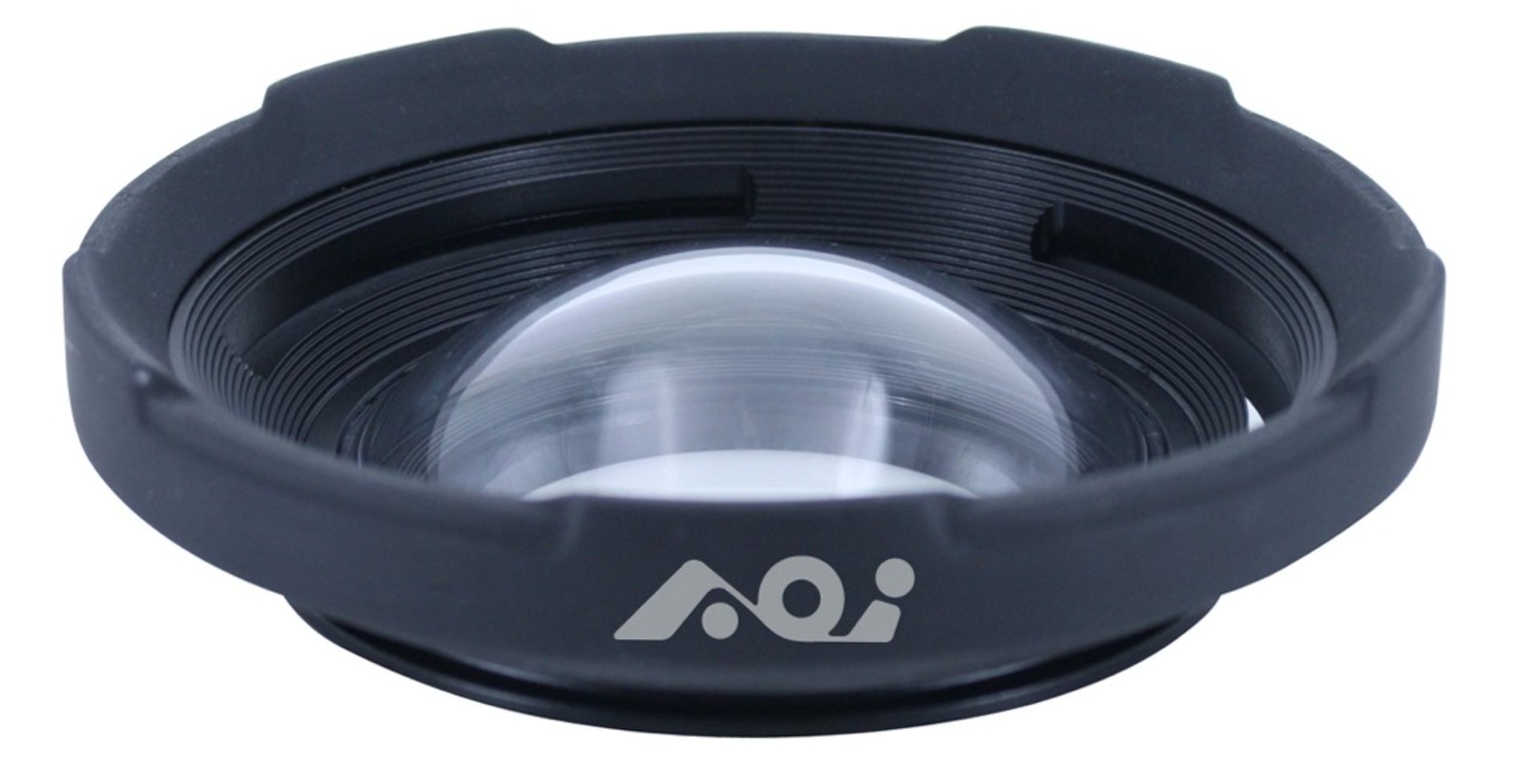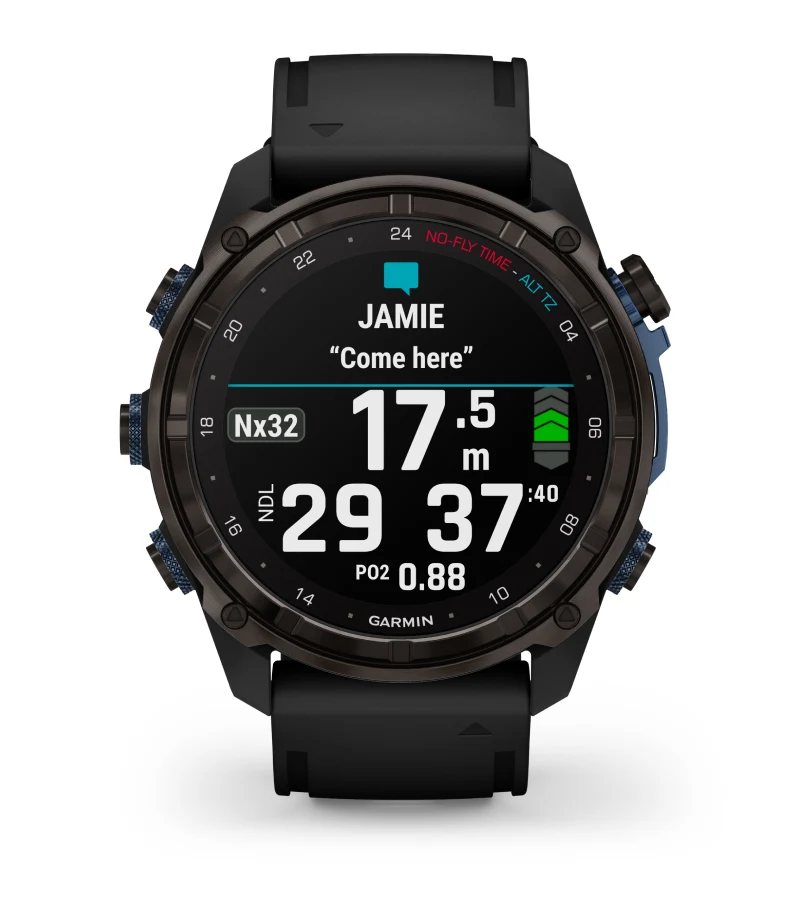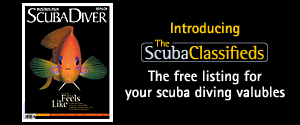- Home
- Directory
- Shop
- Underwater Cameras - Photographic Accessories
- Smartphone Housings
- Sea Scooters
- Hookah Dive Systems
- Underwater Metal Detectors
- Dive Gear
- Dive Accessories
- Diving DVD & Blu-Ray Discs
- Diving Books
- Underwater Drones
- Drones
- Subscriptions - Magazines
- Protective Cases
- Corrective Lenses
- Dive Wear
- Underwater Membership
- Assistive Technology - NDIS
- On Sale
- Underwater Gift Cards
- Underwater Art
- Power Stations
- Underwater Bargain Bin
- Brands
- 10bar
- AirBuddy
- Akona
- AOI
- Apollo
- AquaTech
- Atomic Aquatics
- aunoc
- AxisGo
- Backscatter Underwater Video and Photo
- BLU3
- Buddy-Watcher
- Cayago
- Chasing
- Cinebags
- Contour
- Deepblue
- Devilite
- Digipower
- DJI
- Dyron
- Edge Smart Drive
- Eneloop
- Energizer
- Exotech Innovations
- Fantasea
- FiiK Elektric Skateboards
- Garmin
- Geneinno
- GoPro
- Hagul
- Hoverstar
- Hydro Sapiens
- Hydrotac
- Ikelite
- Indigo Industries
- Inon
- Insta360
- Intova
- Isotta Housings
- Jobe
- JOBY
- Kraken Sports
- LEFEET
- Marelux
- Mirage Dive
- Nautica Seascooters
- Nautilus Lifeline
- NautiSmart
- Nocturnal Lights
- Nokta Makro
- Ocean Guardian
- Oceanic
- Olympus
- OM System
- Overboard
- Paralenz
- PowerDive
- QYSEA
- Ratio Dive Computers
- Scubajet
- Scubalamp
- Sea & Sea
- SeaDoo Seascooter
- SeaLife
- Seashell
- Seavu
- Shark Shield
- Sherwood Scuba
- Spare Air
- StickTite
- StormCase
- Sublue
- Suunto
- SwellPro
- T-HOUSING
- Tusa
- U.N Photographics
- Venture Heat
- XTAR
- Yamaha Seascooter
- Youcan Robot
- Zcifi
If Looks Could Kill
Contributed by Scuba Diver Australasia
If looks could kill, the whale shark would be the most deadly creature in the sea. Up to 14 metres in length, weighing as much as 20 tonnes, and sporting hundreds of teeth, it is outclassed in size only by the true whales. But Rhincodon typus, as it is known to marine biologists, feeds low on the food chain. Its teeth are tiny and its diet consists of planktonic crustaceans, fish eggs, coral spawn, jellyfish, small schooling fishes, squids, and the occasional tuna. Other than the rare collision with a boat, it poses no threat to humans, and has become one of the most prized living destinations for underwater tourists around the world.
Perhaps because their appearance belies their gentle behavior, the sight of
whale sharks feeding has captivated divers for decades. Instead of passively
filtering planktonic animals from the water column, as is the habit of similarly
sized whales and its cousin the basking shark (Cetorhinus maximus),
whale sharks migrate around the world’s tropical waters, actively seeking
out and sucking in their tiny prey. A cavernous mouth located at the front of
the head, rather than slung beneath, is large enough to swallow two humans simultaneously.
As it swims to the surface, muscles in the mouth create a powerful vacuum effect
then close on their target. Modified gill rakers act like a sieve, seawater
is expelled through the gills, and food finds its way into the stomach.
Accidents can happen, of course. But when a whale shark swallows something too
large to digest – say a large fish or market buoy – it can cough
up the unwanted meal by forcing its stomach up its throat in a process called
gastric inversion. Other curious evolutionary adaptations include a checkerboard
pattern of light spots and stripes on a dark background covering its back. Scientists
suspect the coloring developed as protection from the ultraviolet radiation
to which the sharks, which spend a large amount of time feeding near the surface,
are exposed.
While the whale shark does not prey on humans, the reverse is not the case.
Hundreds are taken each year by directed fisheries and as incidental bycatch
in tropical and subtropical oceans around the world. The flesh is the most valuable
product, with fisheries in India and Philippines driven by demand from Taiwan,
where whale shark meat fetches between US$2 and $7 a kilogram - and there is
a lot of meat on a 20-tonne shark. Like many other shark species, its fins are
also prized by Asian restaurants serving shark-fin soup. A single large whale
shark fin can sell for thousands of dollars, though due to its lower quality,
most are used as decorative signage for retailers and restaurants dealing in
the fins of other species.
Demand is growing, catches are already falling and some populations appear to
have been seriously depleted, according to the IUCN - World Conservation Union.
Fortunately, whale sharks recently joined a list of species managed by the Convention
on International Trade in Endangered Species of Wild Fauna and Flora (CITES).
The 'Appendix II' listing means the 166 member countries of CITES must certify
that any exports of whale shark products will not harm wild populations.
The campaign to add R. typus to the list was not an easy one. A proposal
to add whale sharks was defeated in 2000. A second attempt, co-sponsored by
the Philippines (where the species is already fully protected) and India, came
just two votes short of passing during an initial discussion at the 2002 CITES
meeting. The primary opposition came from member nations resistant to the idea
of using CITES to regulate the trade in marine fishes in the first place. But
later in the same meeting, following a presentation by Project Seahorse, CITES
members agreed to list all species of seahorses on Appendix II, and the precedent
of including a commercially valuable species of marine fish had been set. Proposals
to list both the whale and basking sharks then returned to the table and passed
by slim margins.
While seahorses, among the smallest fishes, may have paved the way for the protection
of the largest, much of the support for the listings can be attributed to powerful
arguments about the economic importance of whale shark ecotourism in developing
countries. The task of securing a future for whale sharks is far from complete,
but continued support from the diving community will go a long toward ensuring
their survival.
James Hrynyshyn,
Biologist & communications
coordinator with Project Seahorse
www.projectseahorse.org
Rogest Research Team: www.rogest.com
Project Seahorse is an international marine conservation organization that
conducts scientific research, establishes marine protected areas, advances environmental
education and works to restructure global trade. More information is available
at www.projectseahorse.org.
This article was originally published in Scubadiver Australasia
Shopfront
-
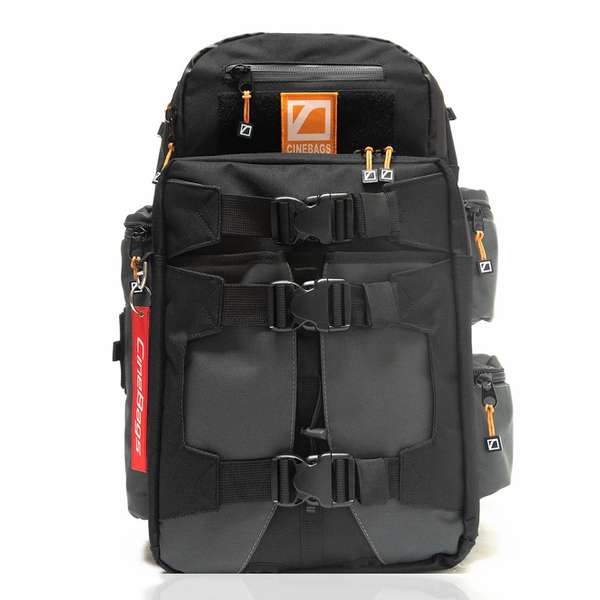 CineBags - CB25B Revolution Backpack
CineBags - CB25B Revolution Backpack
- Price A$ 519.95
-
 Nitescuba Tripod Bracket for Underwater Camera Housings
Nitescuba Tripod Bracket for Underwater Camera Housings
- Price A$ 249.95
-
 QYSEA Fifish V6 Plus - Underwater Drone Kit
QYSEA Fifish V6 Plus - Underwater Drone Kit
- Price A$ 25,000.00
-
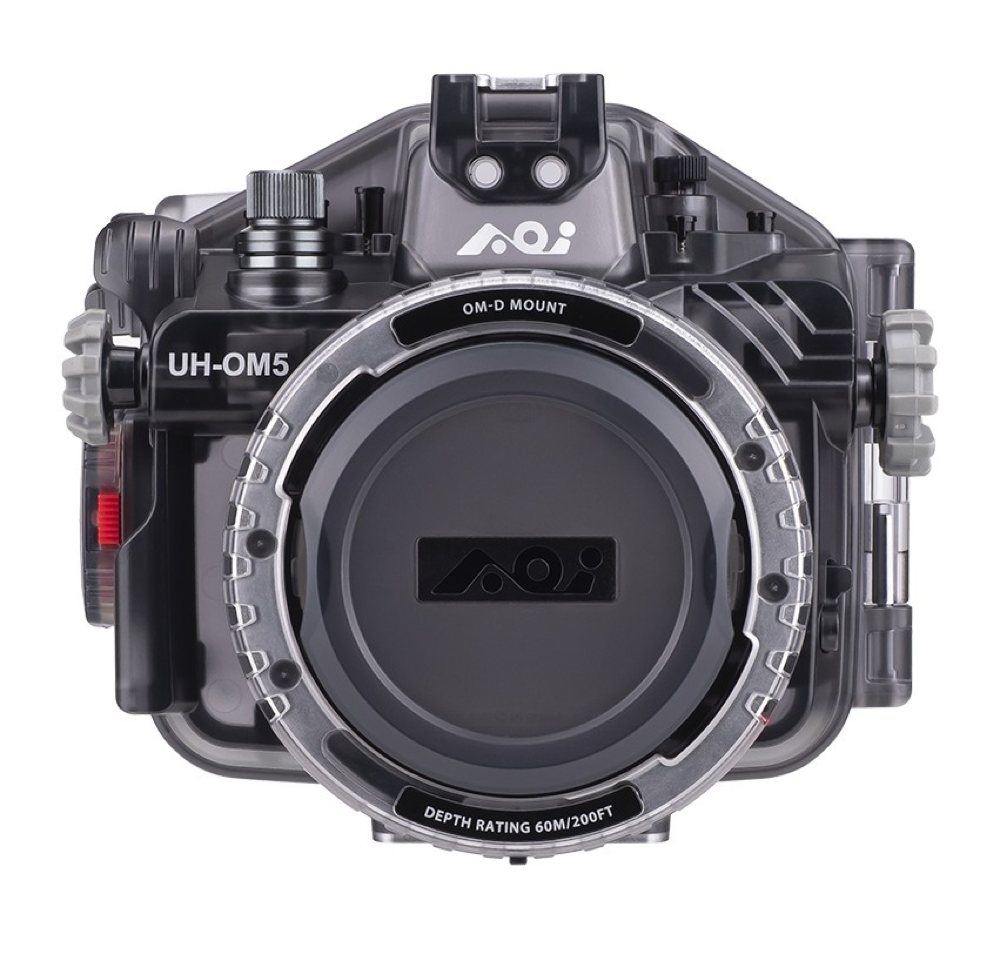 AOI UH-EM5III and UH-OM5 Underwater Housing for Olympus OM-D E-M5 III and OM System OM-5
AOI UH-EM5III and UH-OM5 Underwater Housing for Olympus OM-D E-M5 III and OM System OM-5
- Price A$ 1,469.00
-
 Venture Heat - Pro 32w Dive Vest Kit - V2
Venture Heat - Pro 32w Dive Vest Kit - V2
- Price A$ 1,139.00
-
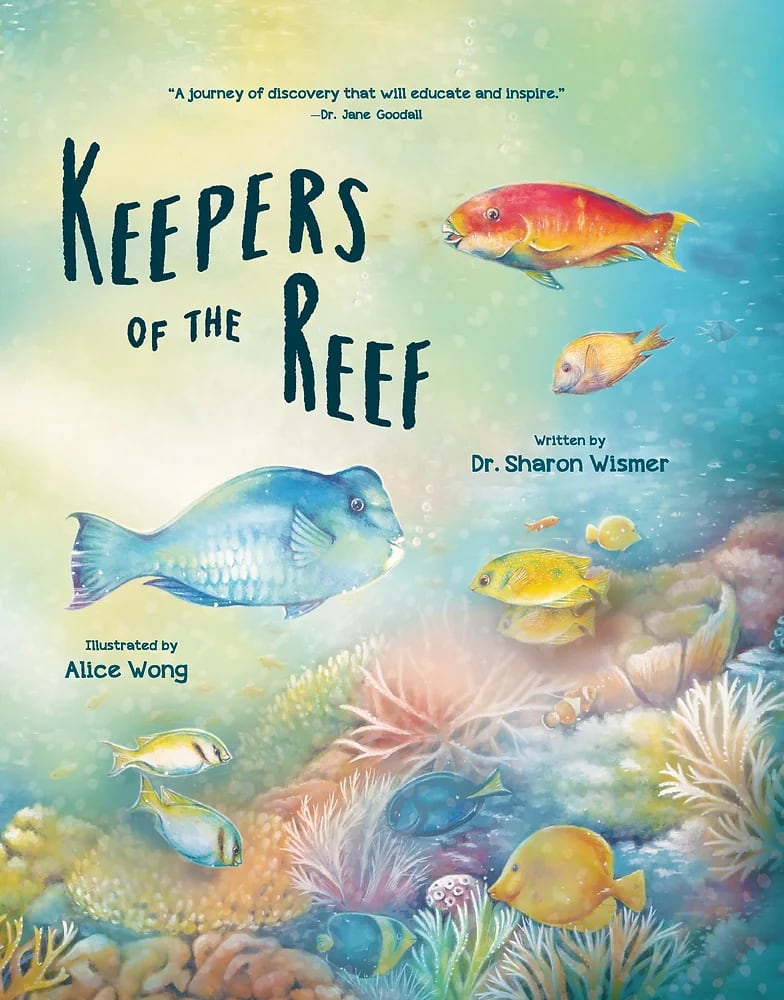 Keepers of the Reef
Keepers of the Reef
- Price A$ 31.95
-
 K5 Underwater Scooter
K5 Underwater Scooter
- Price A$ 999.00
-
 Sea & Sea YS-D3 DUO Strobe
Sea & Sea YS-D3 DUO Strobe
- Price A$ 1,649.00
In the Directory

 Seabob Sales
Seabob Sales
Official dealer of SEABOB Luxury Seatoys by CAYAGO. Addictive fun on and underwater. Dive in and discover. Made in Germany.
 Sea-Doo Seascooter Australia
Sea-Doo Seascooter Australia
Exclusive official distributor and dealer for SEA-DOO Seascooters in Australia and New Zealand. The revolutionary SeaDoo Seascooter series feature the lightest and most efficient personal water propellers in the world at a price that won't break the bank.


